Jun 7 2018
Back at old level? Lots of charts to try and figure that out
Monday
A 45 minute strength workout in the gym close to work. I went after work, which was a mistake. It was too crowded and I had to improvise the exercises because some stations were occupied. Must take breaks from work to work out here, then get back to work.
Tuesday
A long steady state session in the single, and a good one.
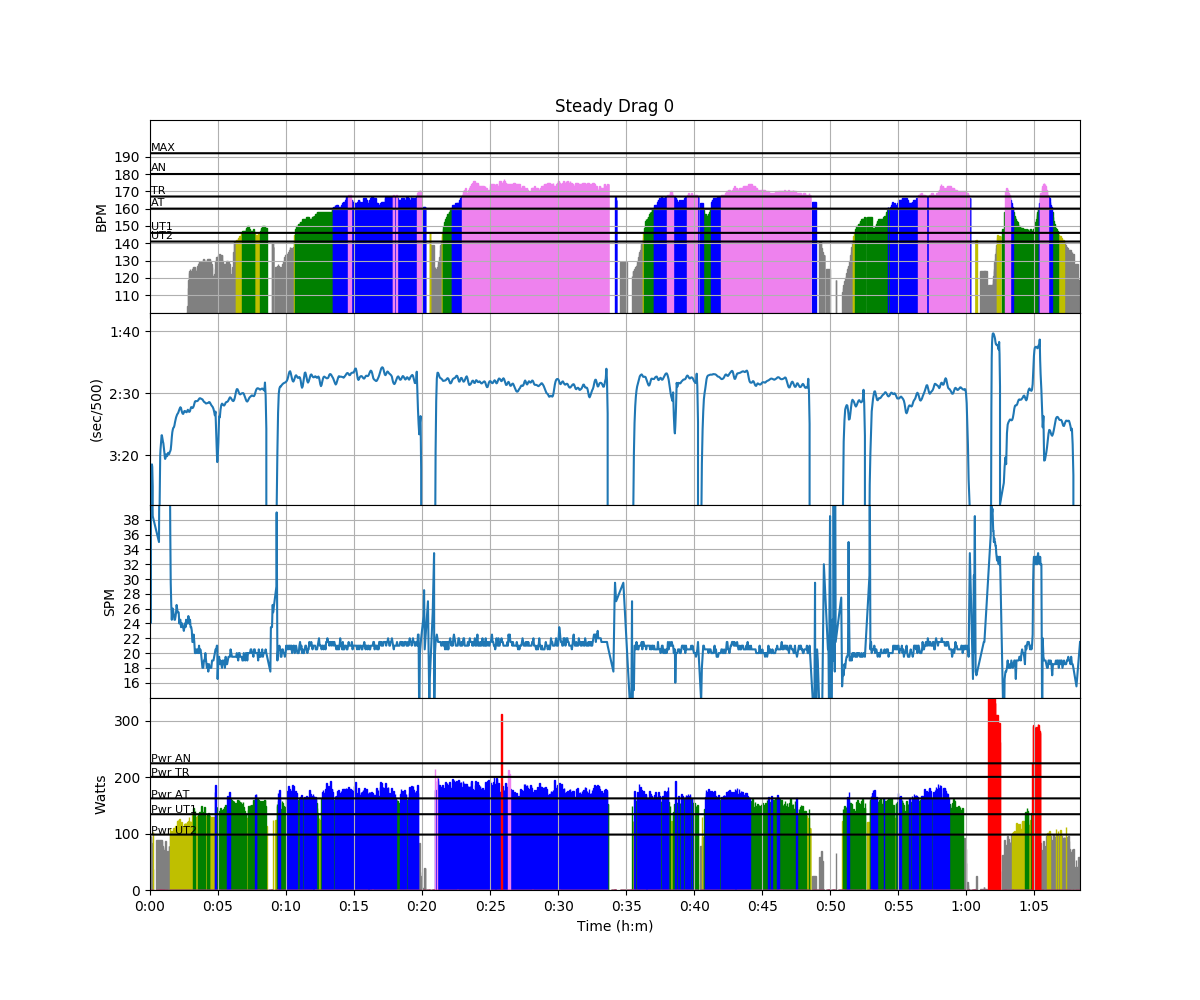 I had no difficult holding 180-190W, and the pace was good enough. I tried to work on light catches (and not digging too deep). At the end I did a start plus 20 strokes for fun, and then another 20 strokes around race pace. In the bit between 21 minutes and 33 minutes I was chased by a launch and an eight full of juniors from the Lodni Sporty club, including a fresh European Champion. Not sure what they were doing, but they stayed behind me, and around 28 minutes they stopped for technical discussions.
I had no difficult holding 180-190W, and the pace was good enough. I tried to work on light catches (and not digging too deep). At the end I did a start plus 20 strokes for fun, and then another 20 strokes around race pace. In the bit between 21 minutes and 33 minutes I was chased by a launch and an eight full of juniors from the Lodni Sporty club, including a fresh European Champion. Not sure what they were doing, but they stayed behind me, and around 28 minutes they stopped for technical discussions.
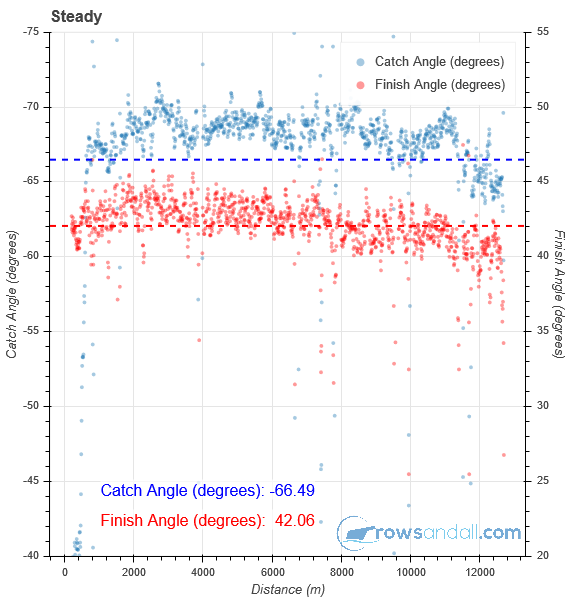 Catch and finish angle look a little inconsistent, and getting less layback when I get tired.
Catch and finish angle look a little inconsistent, and getting less layback when I get tired.
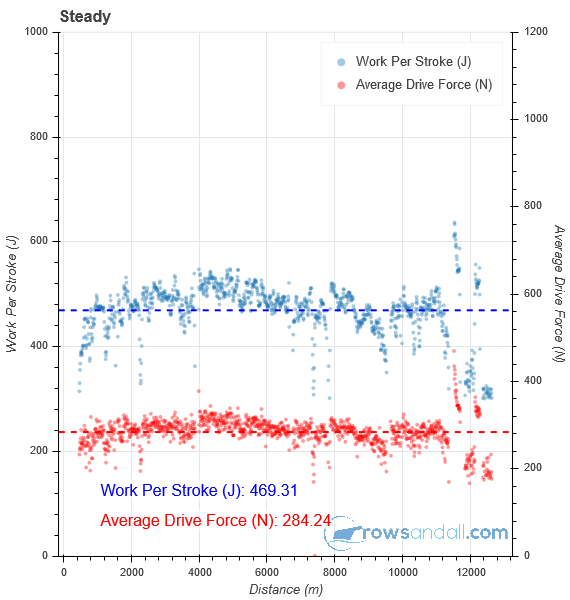 I was happy with the Work Per Stroke values, having been lower in the “recovery from illness” sessions.
I was happy with the Work Per Stroke values, having been lower in the “recovery from illness” sessions.
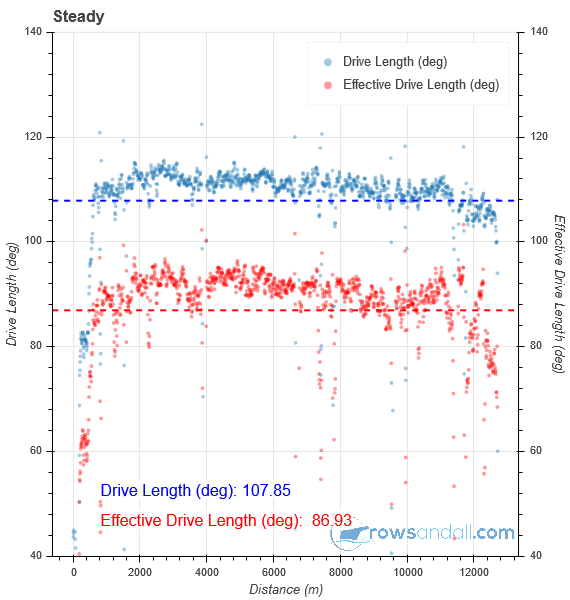 Pretty good length. I am not happy with the average value for Effective Drive Length. In the boat, I saw values around 92 degrees, and yes according to the workout stats the Median is at 90 degrees.
Pretty good length. I am not happy with the average value for Effective Drive Length. In the boat, I saw values around 92 degrees, and yes according to the workout stats the Median is at 90 degrees.
Wash and Slip are in decent ranges, so nothing to worry about.
Box Charts
The rowsandall.com box charts are an underestimated source of insights. Just select a date range, a boat type, and select similar workouts, and there is a lot to learn from the charts that you create. Here is a set of workouts in the single for April, May and early June.
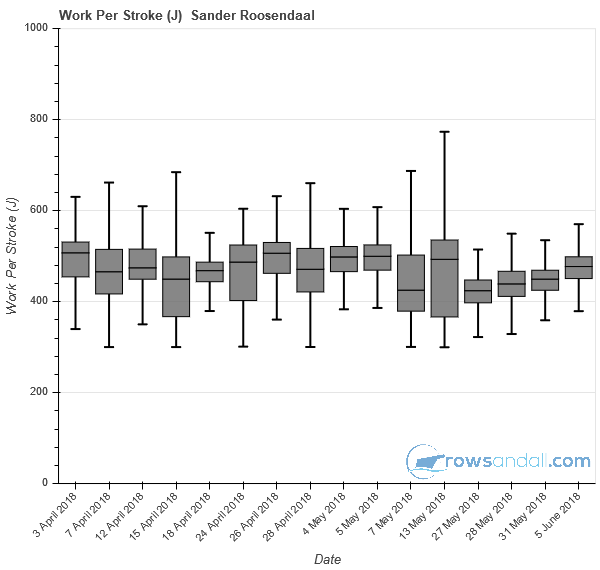 May 13 included a race, and after May 27th is me recovering from illness. You can see how the Work per Stroke value slowly climbs back to normal levels.
May 13 included a race, and after May 27th is me recovering from illness. You can see how the Work per Stroke value slowly climbs back to normal levels.
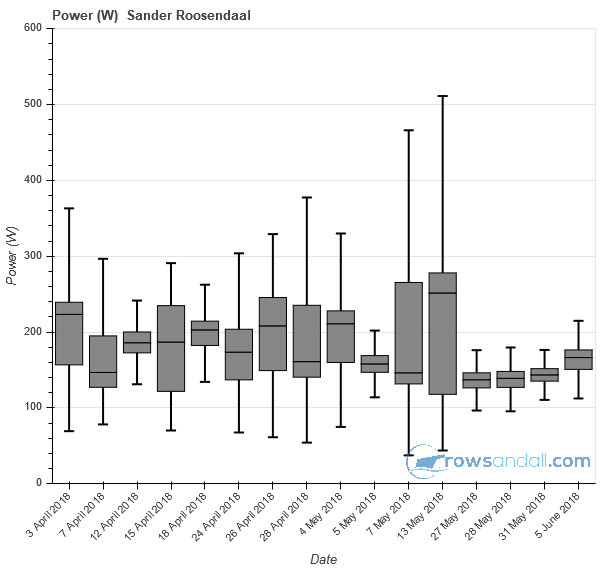 The Power values are interesting as well. So, on May 13 I raced, so ignore that session. May 7 was a sprintervals session. I guess the power ranges are influenced greatly by what kind of session you do.
The Power values are interesting as well. So, on May 13 I raced, so ignore that session. May 7 was a sprintervals session. I guess the power ranges are influenced greatly by what kind of session you do.
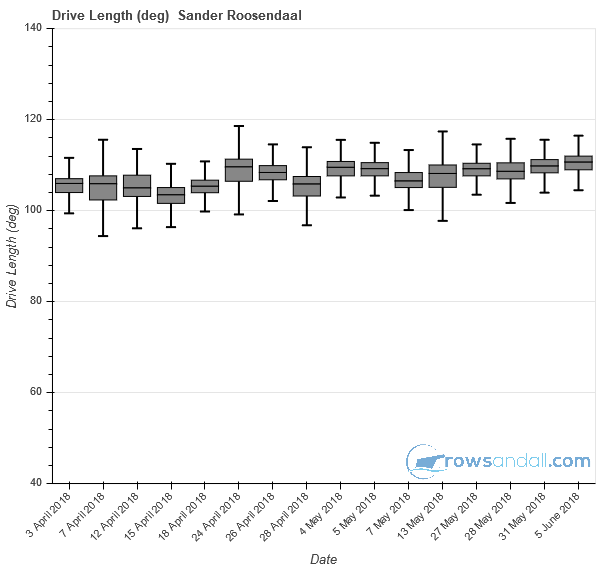 Total drive length. Seems to be increasing slightly over the past two months. So it is definitely not going in the wrong direction.
Total drive length. Seems to be increasing slightly over the past two months. So it is definitely not going in the wrong direction.
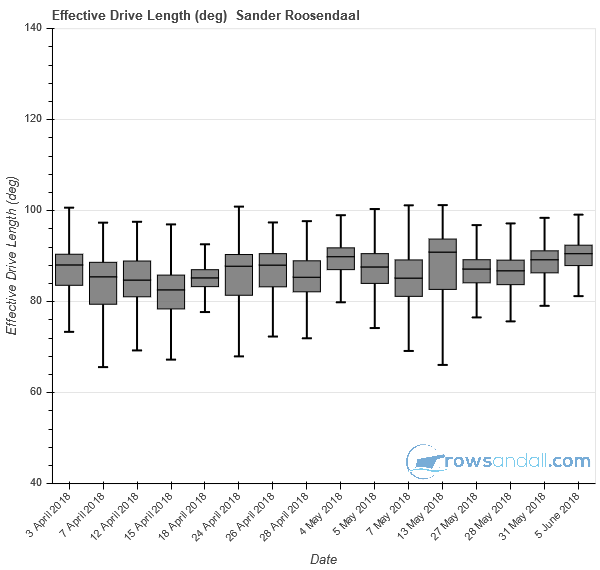 Interestingly, I cannot say that about the effective drive length. This one seems to be stagnating.
Interestingly, I cannot say that about the effective drive length. This one seems to be stagnating.
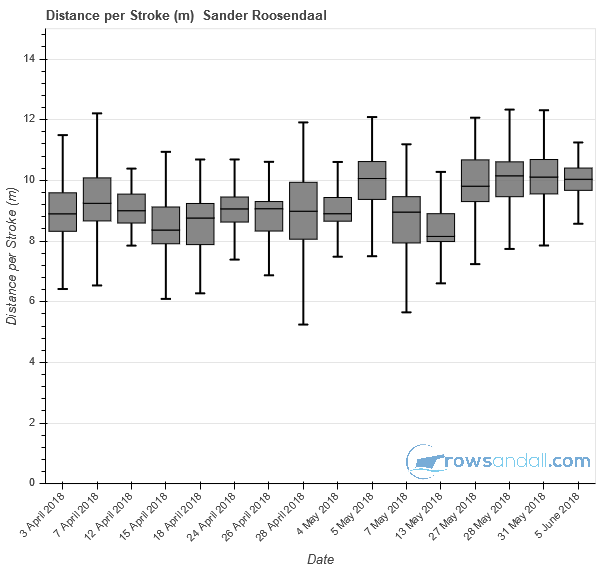 Distance per stroke is an interesting metric for many reasons. One, because it can be measured without the need of specialized equipment. All you need is pace and stroke rate. Second, because it is one of the few ways to look at check and boat run. This one seems to have jumped to consistently higher values since my illness. I guess the slow steady state gave me time to work on the recovery.
Distance per stroke is an interesting metric for many reasons. One, because it can be measured without the need of specialized equipment. All you need is pace and stroke rate. Second, because it is one of the few ways to look at check and boat run. This one seems to have jumped to consistently higher values since my illness. I guess the slow steady state gave me time to work on the recovery.
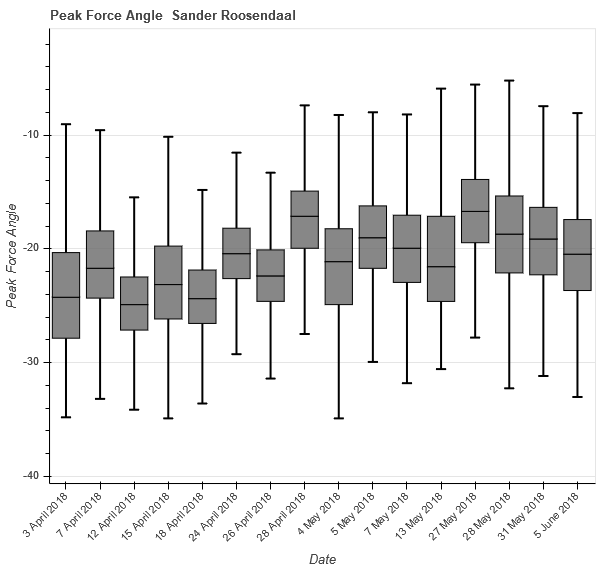 Finally, peak for angle, a good way to see where the accent of my pull lies, close to the catch or more towards the finish (better). I see improvement.
Finally, peak for angle, a good way to see where the accent of my pull lies, close to the catch or more towards the finish (better). I see improvement.
Flex Charts
Once you see some trends in the box charts, it is always good to check your theory using the Trend Flex chart. Another rarely used gem of rowsandall.com, if I may say so.
Here, for example, I am plotting the Distance per Stroke vs Stroke rate, each circle being a separate workout, with the lighter circles showing the earlier workouts and the darker ones the more recent ones. That shows that I shouldn’t claim victory too early, as most circles seem to be falling around some “natural” relationship, and all that has happened is that I have been rowing lower stroke rates recently.
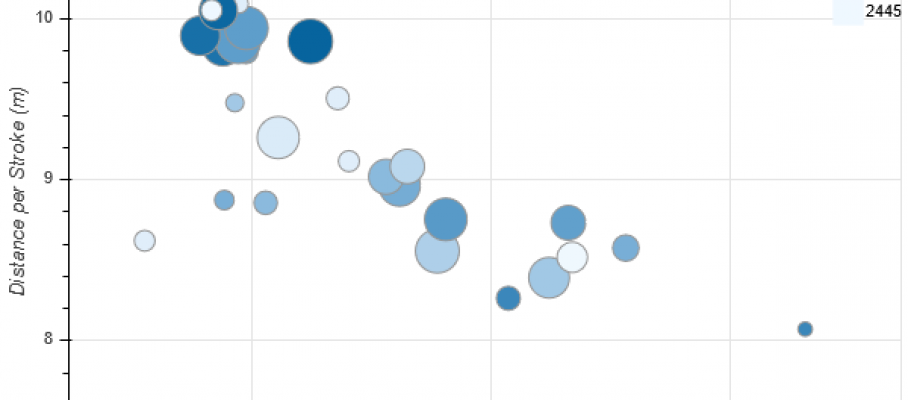
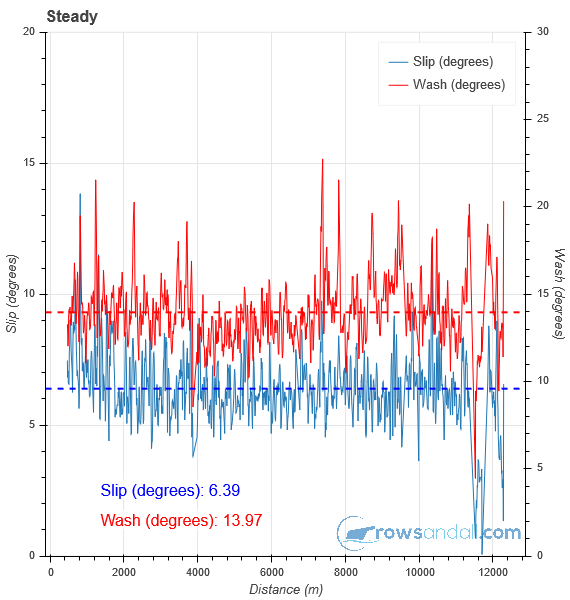
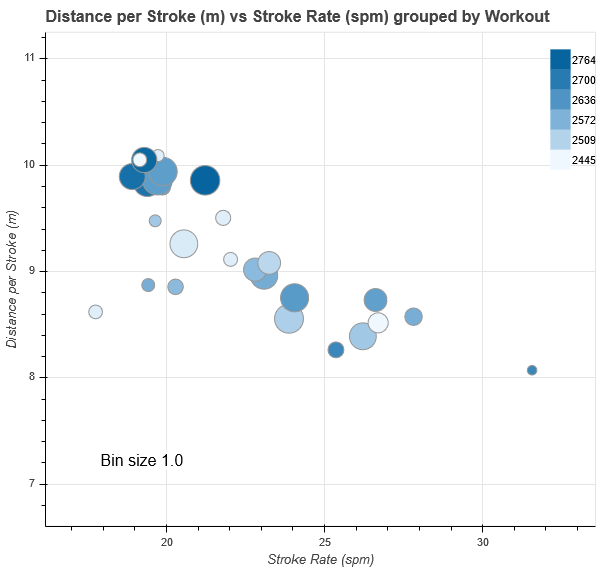

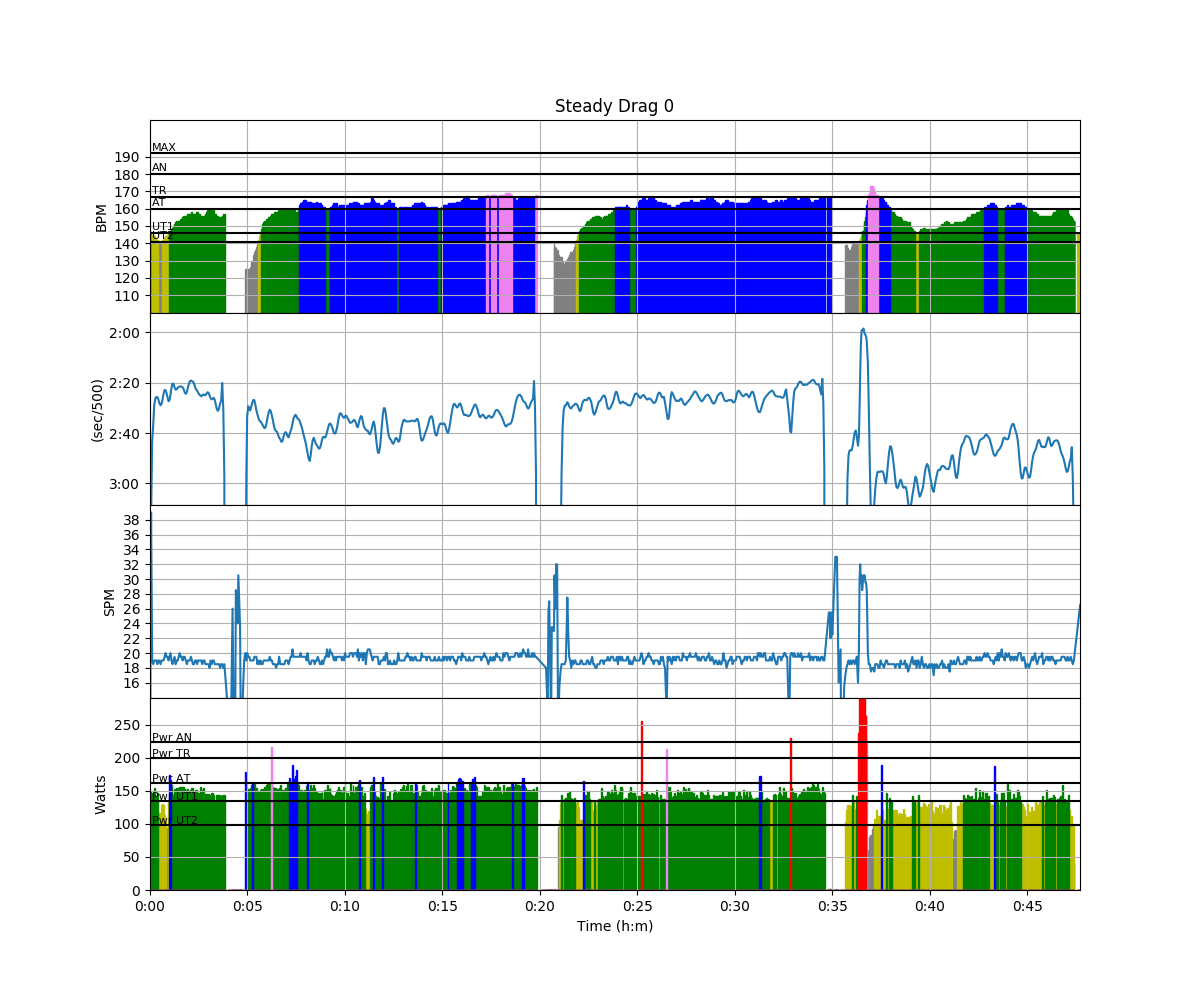
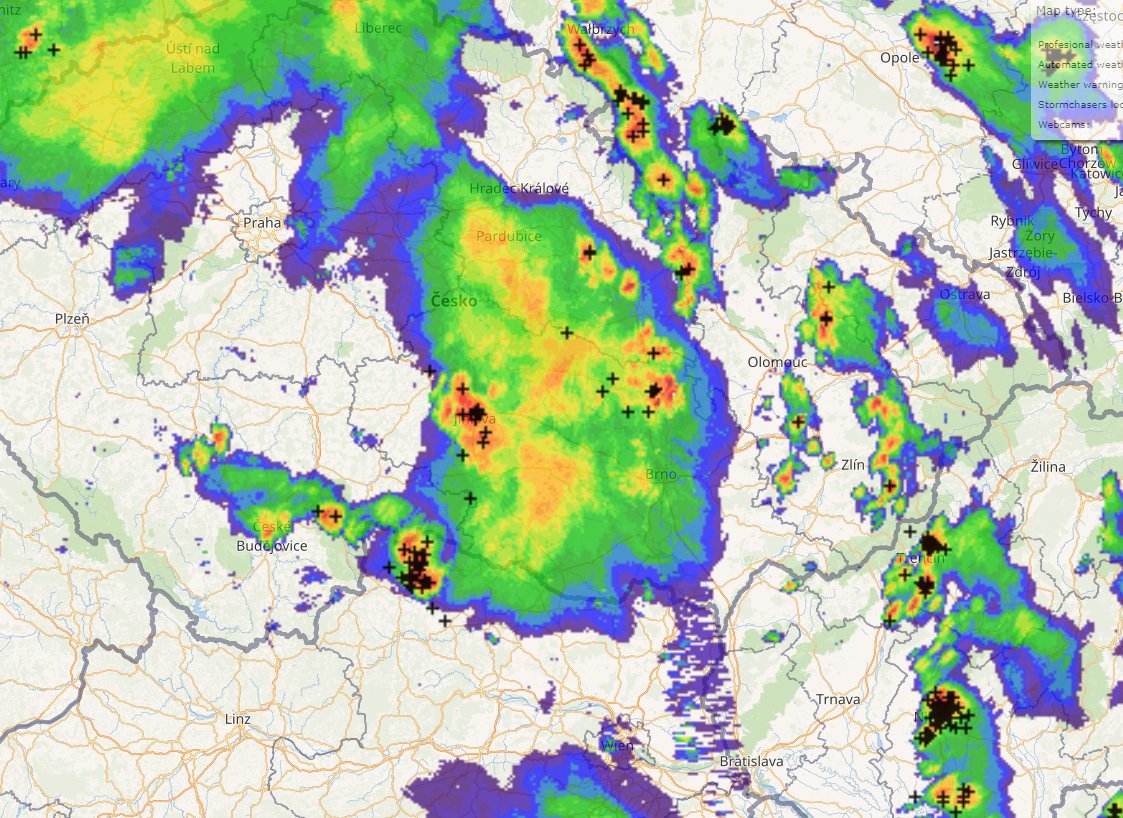
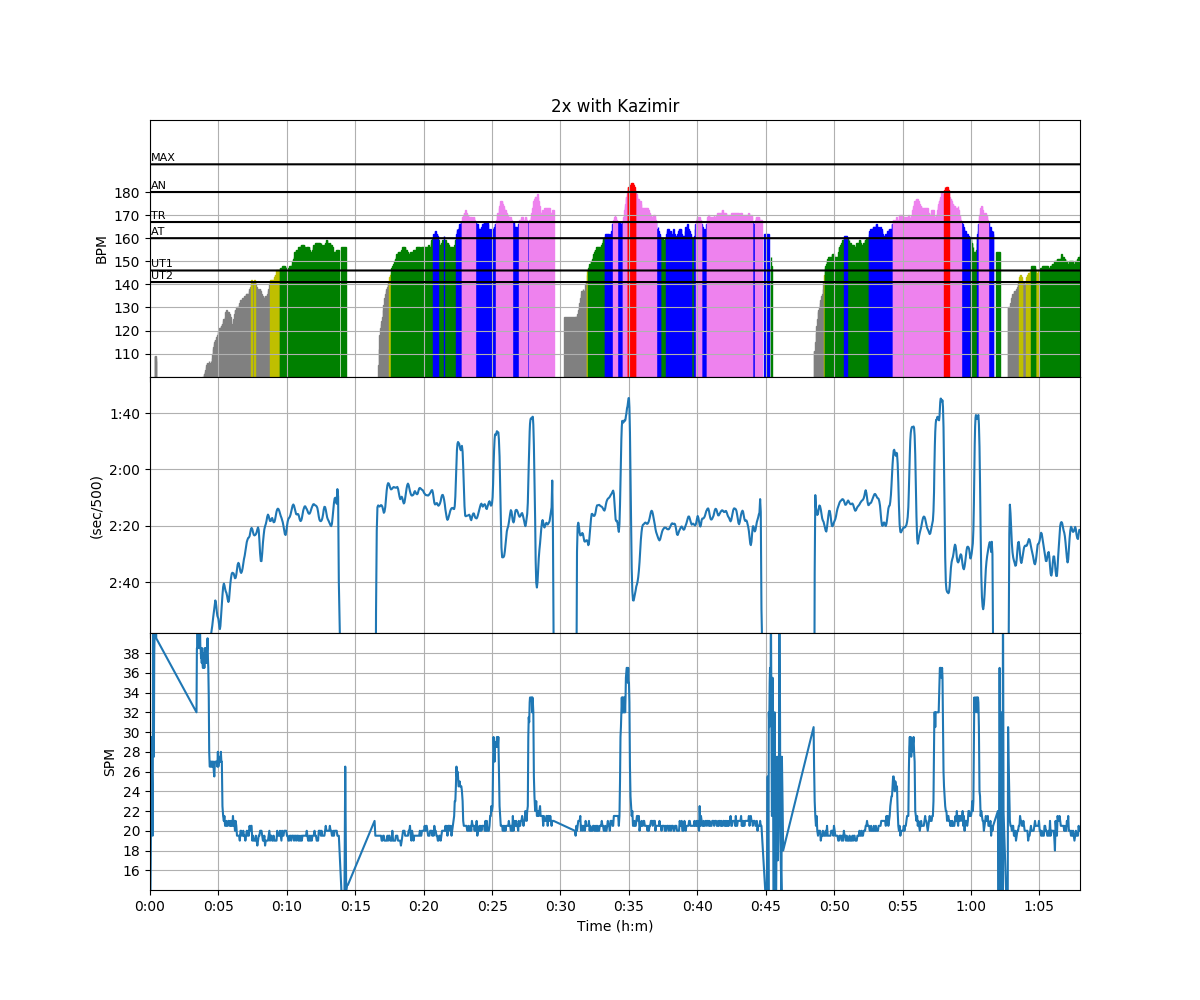
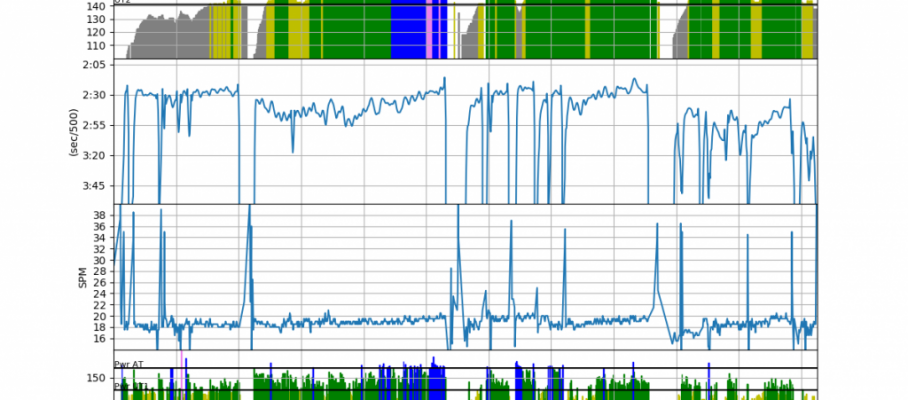
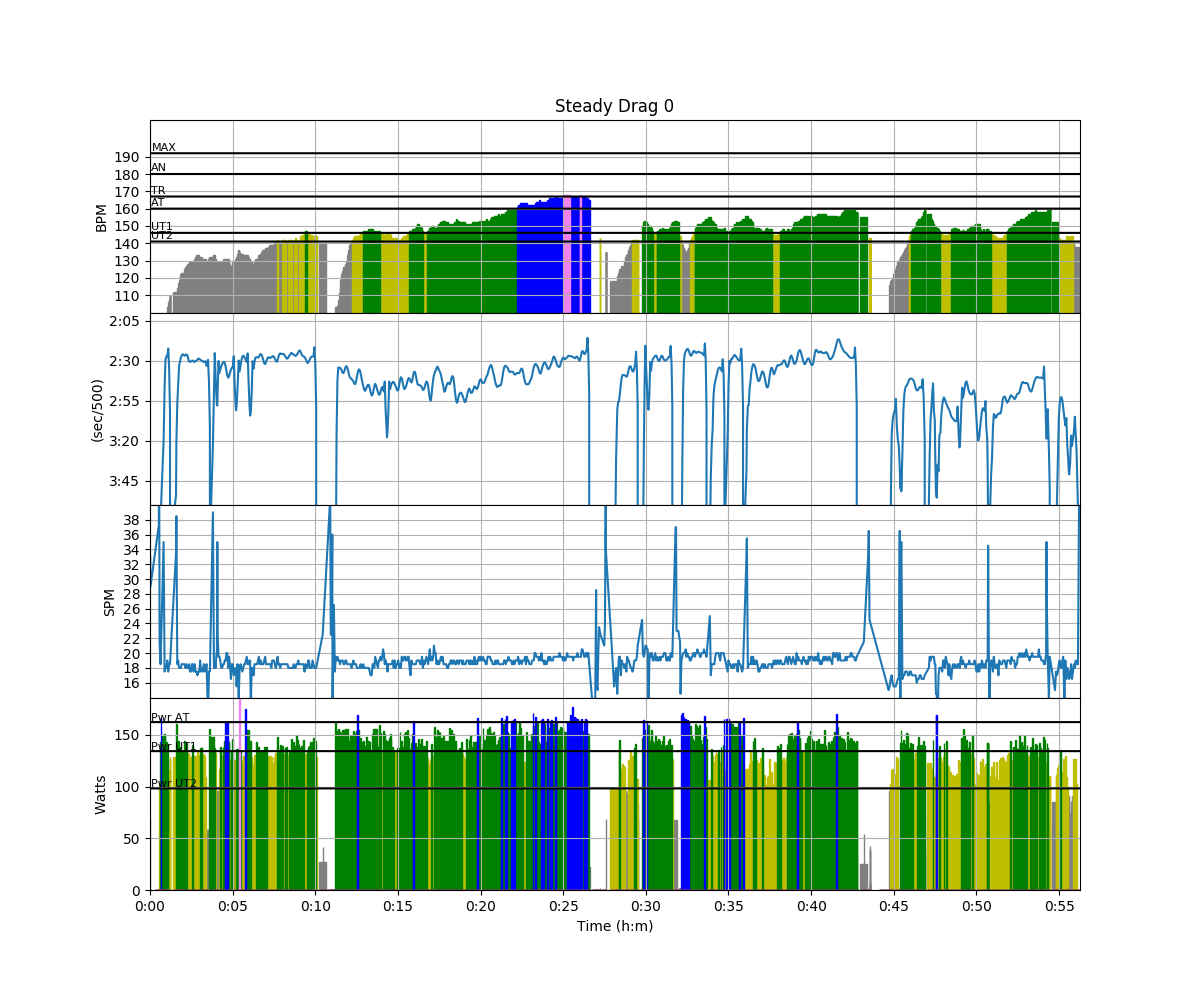


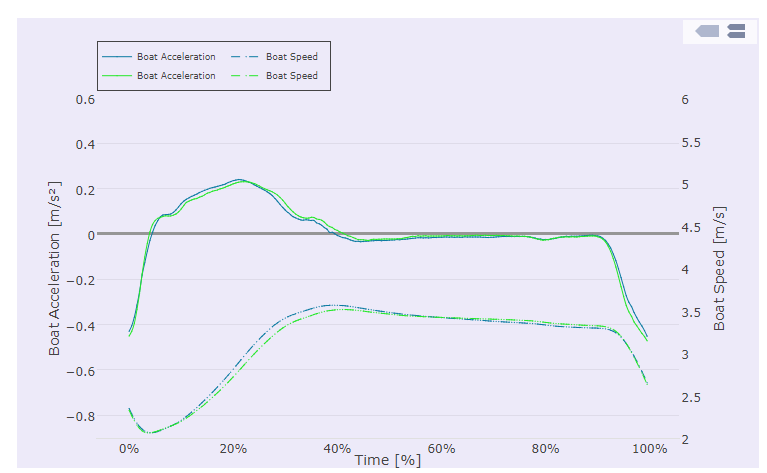
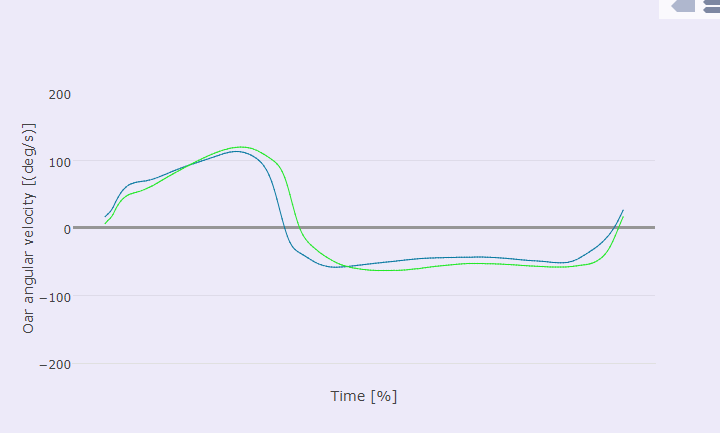

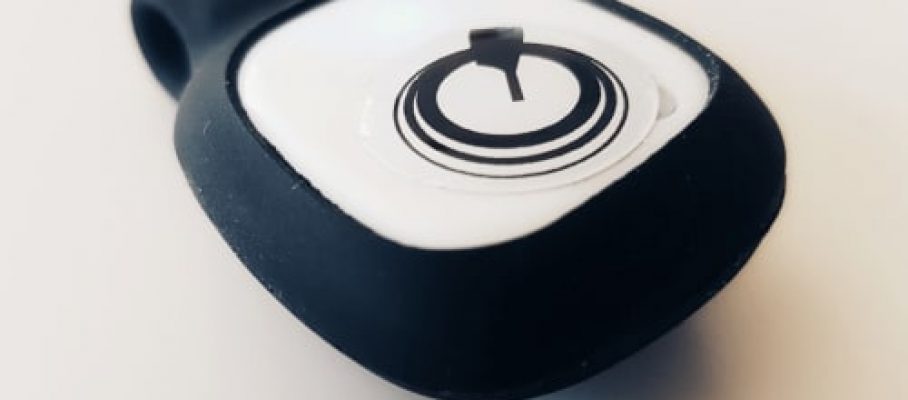
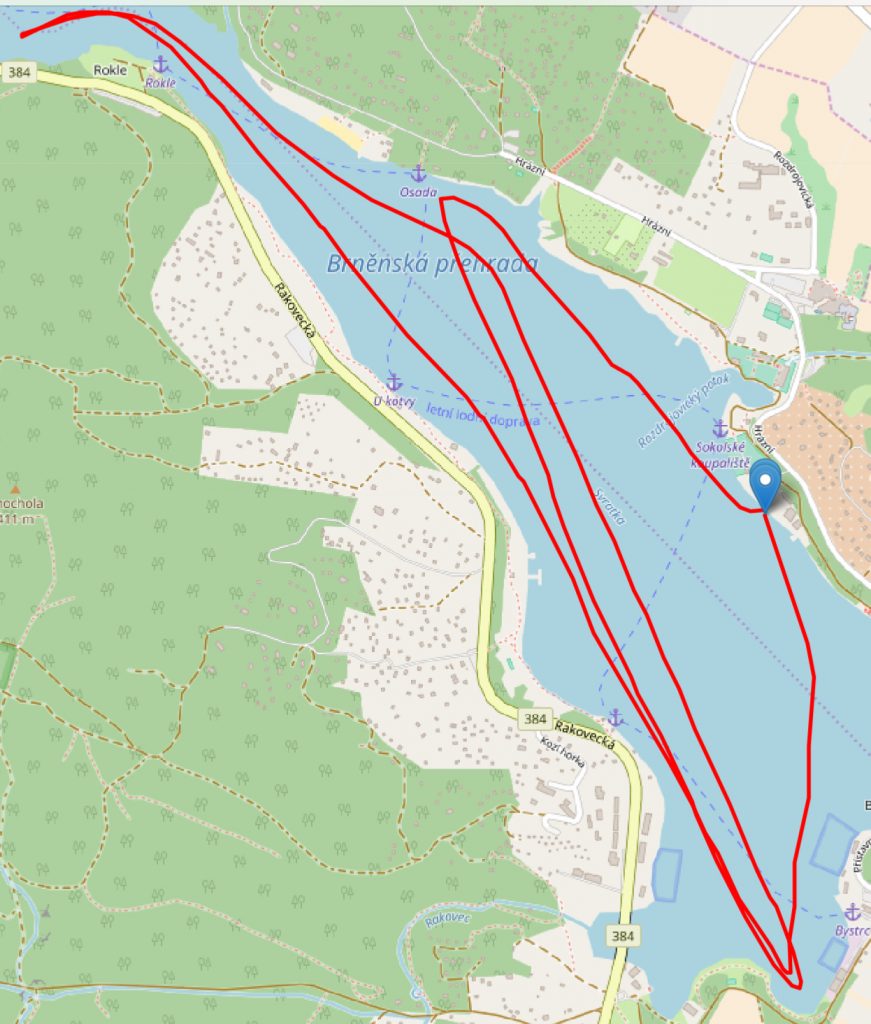
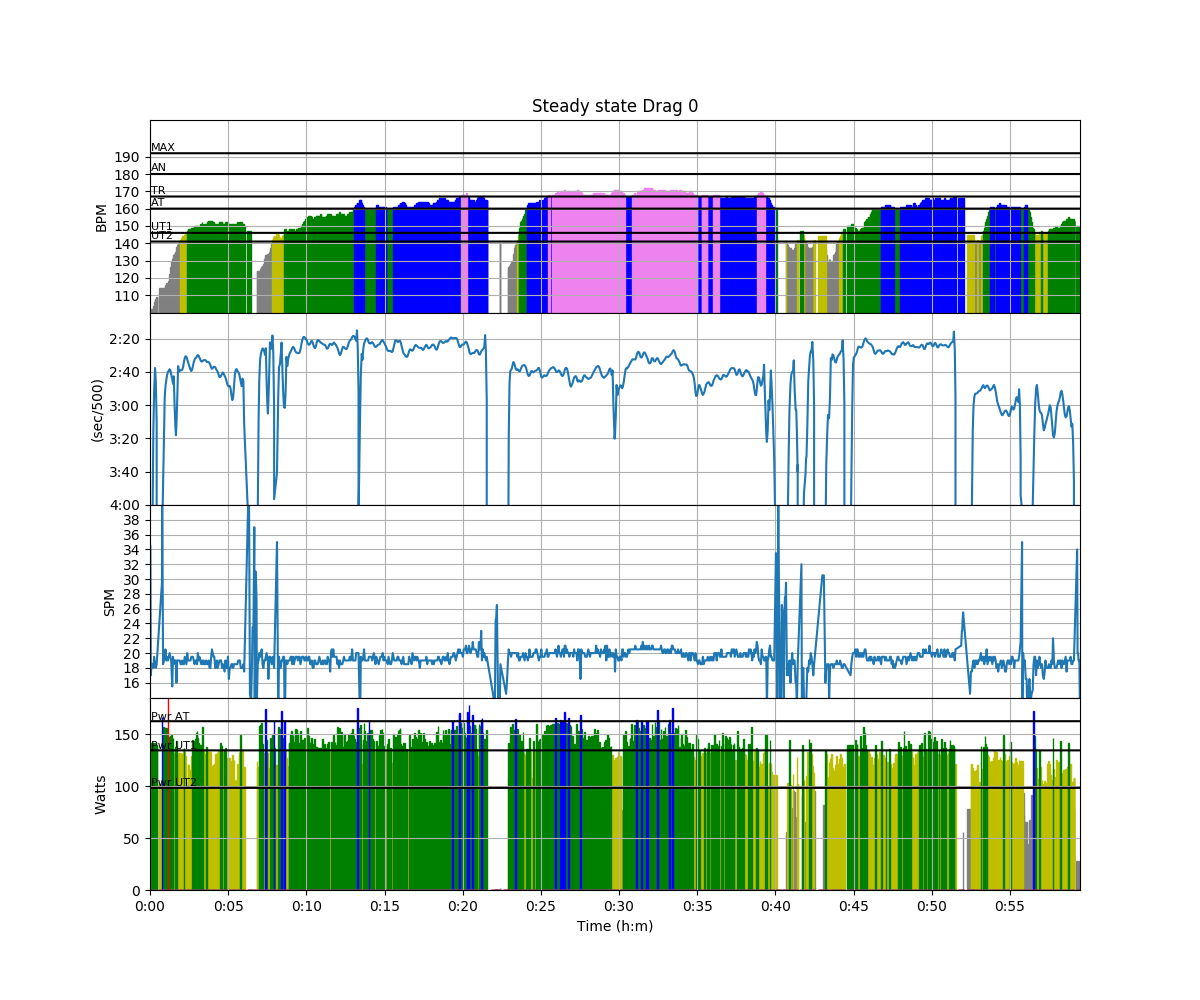
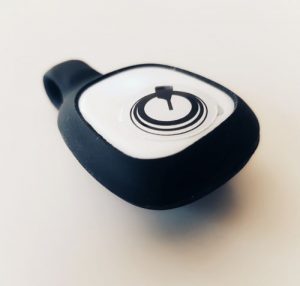
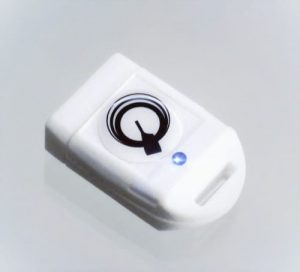
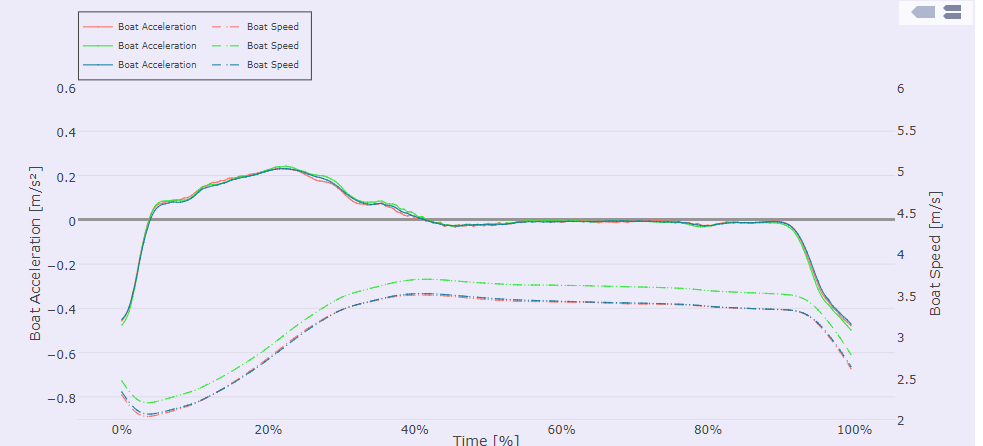
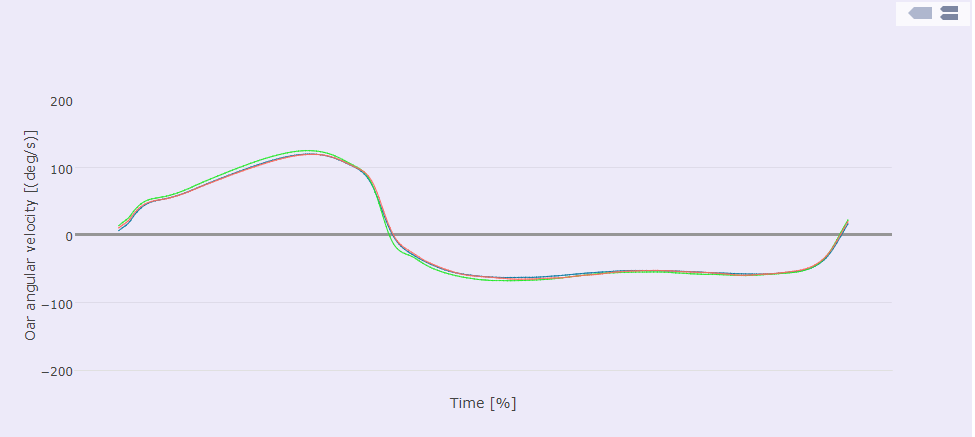
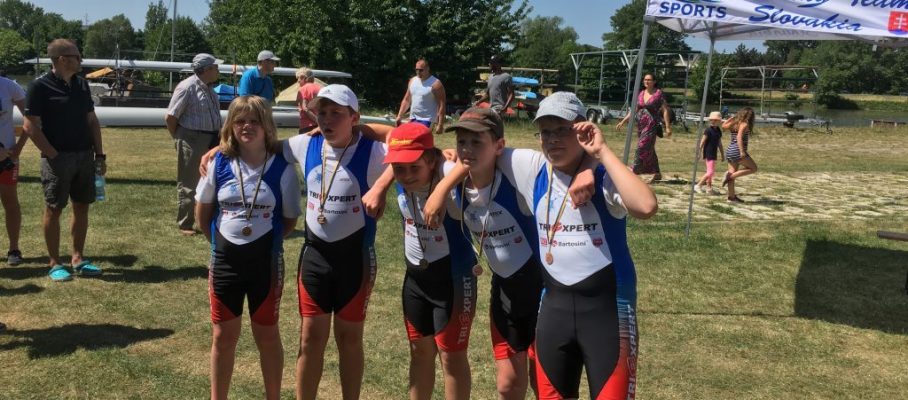

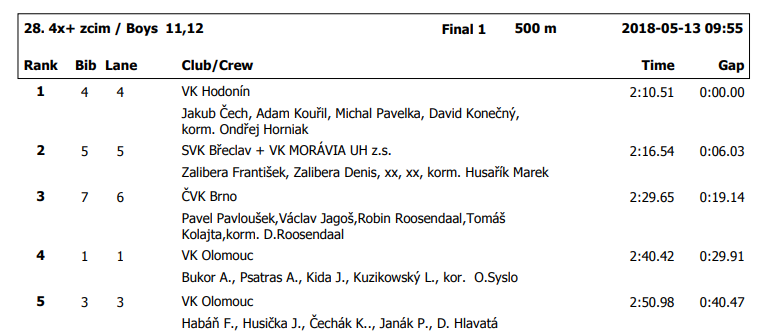
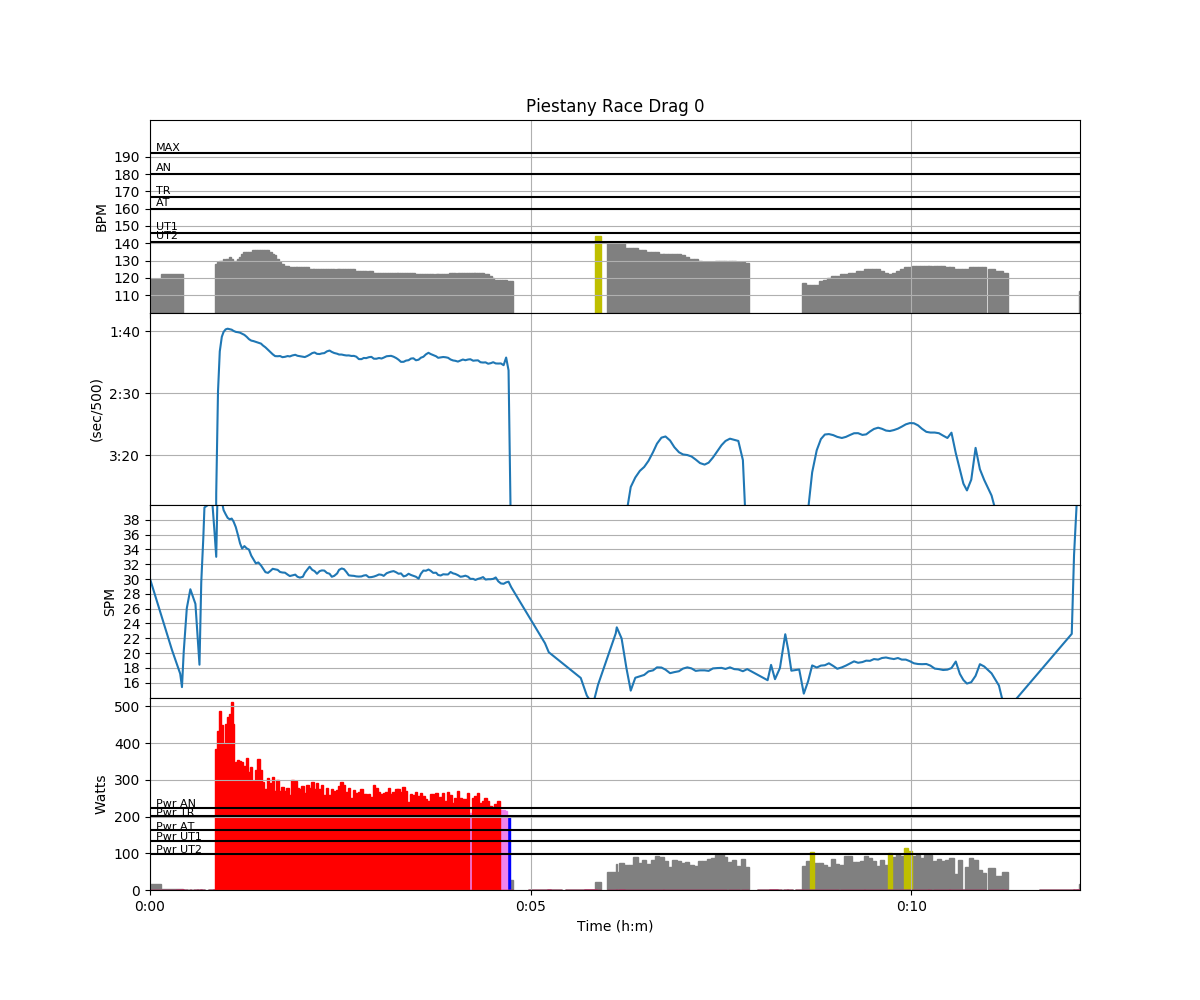
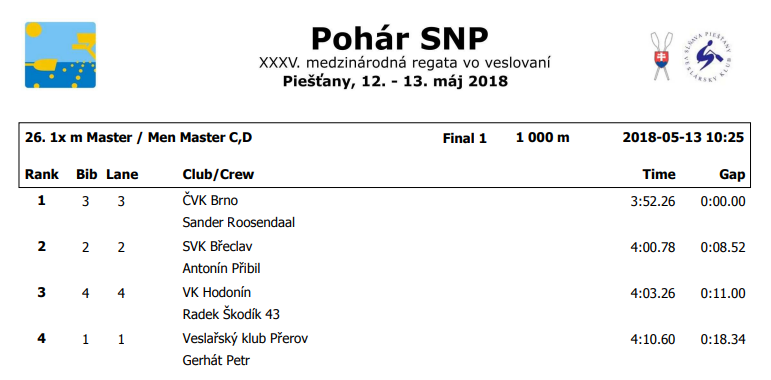
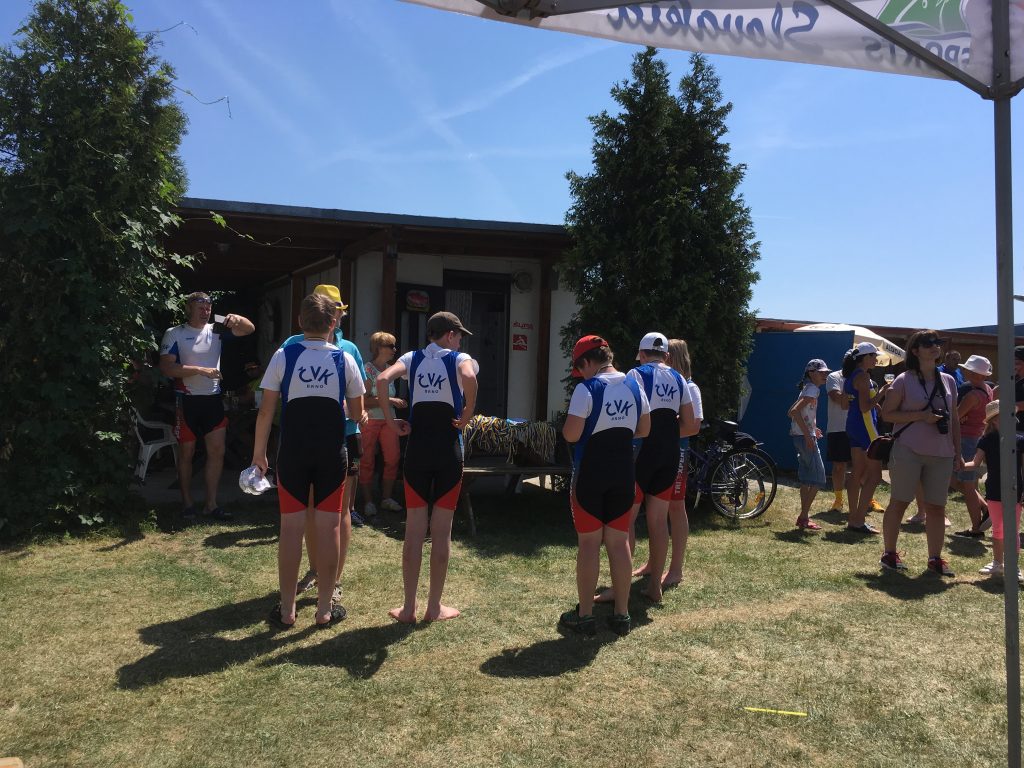
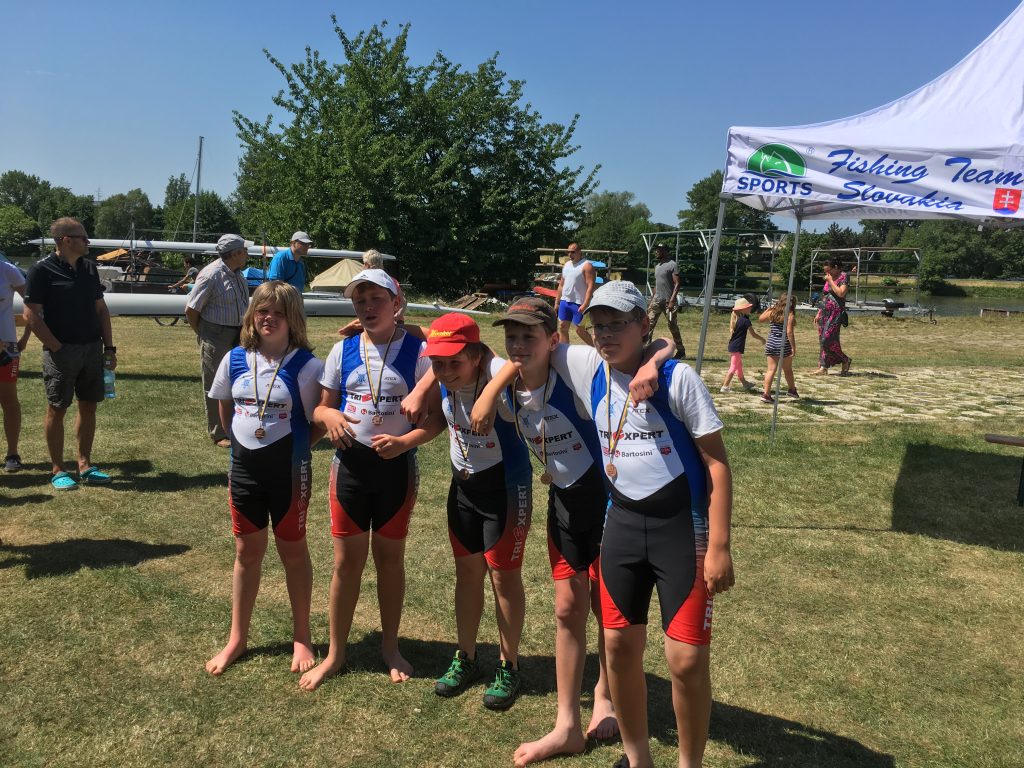
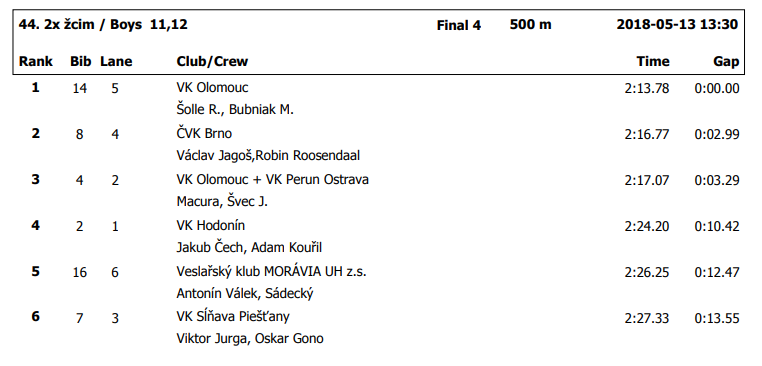
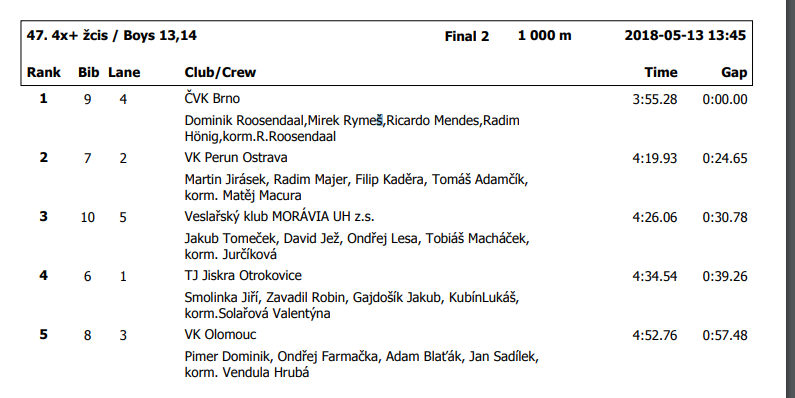
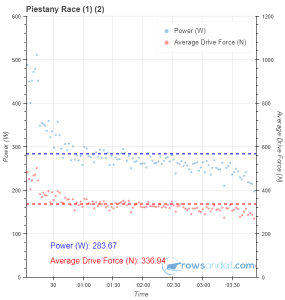
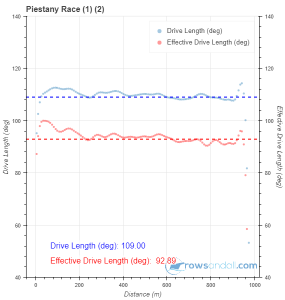
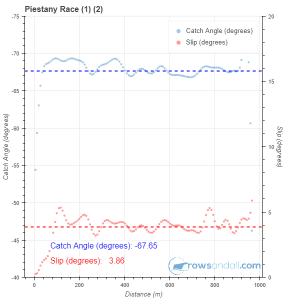
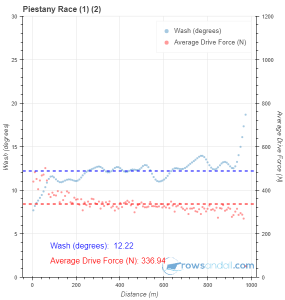
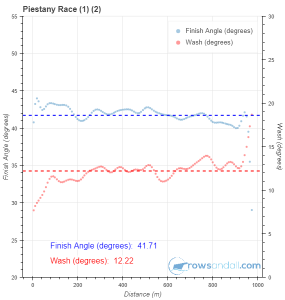
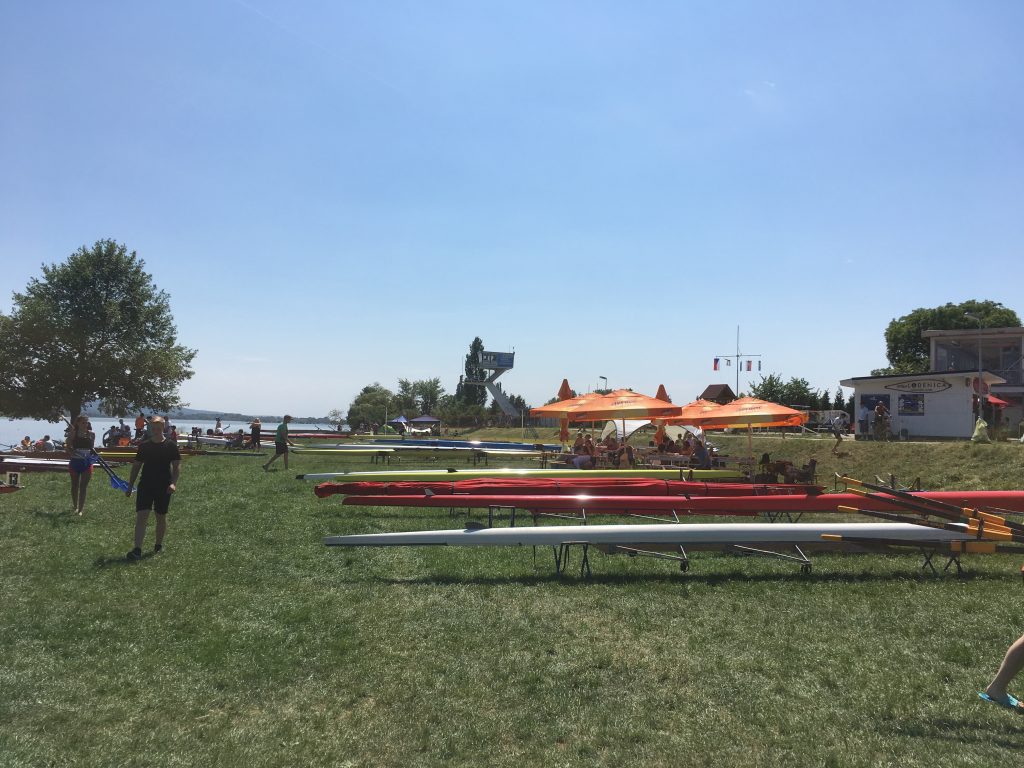
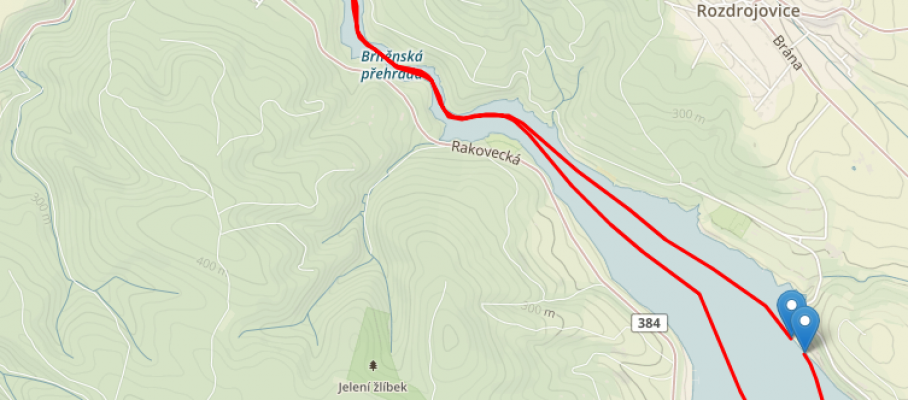
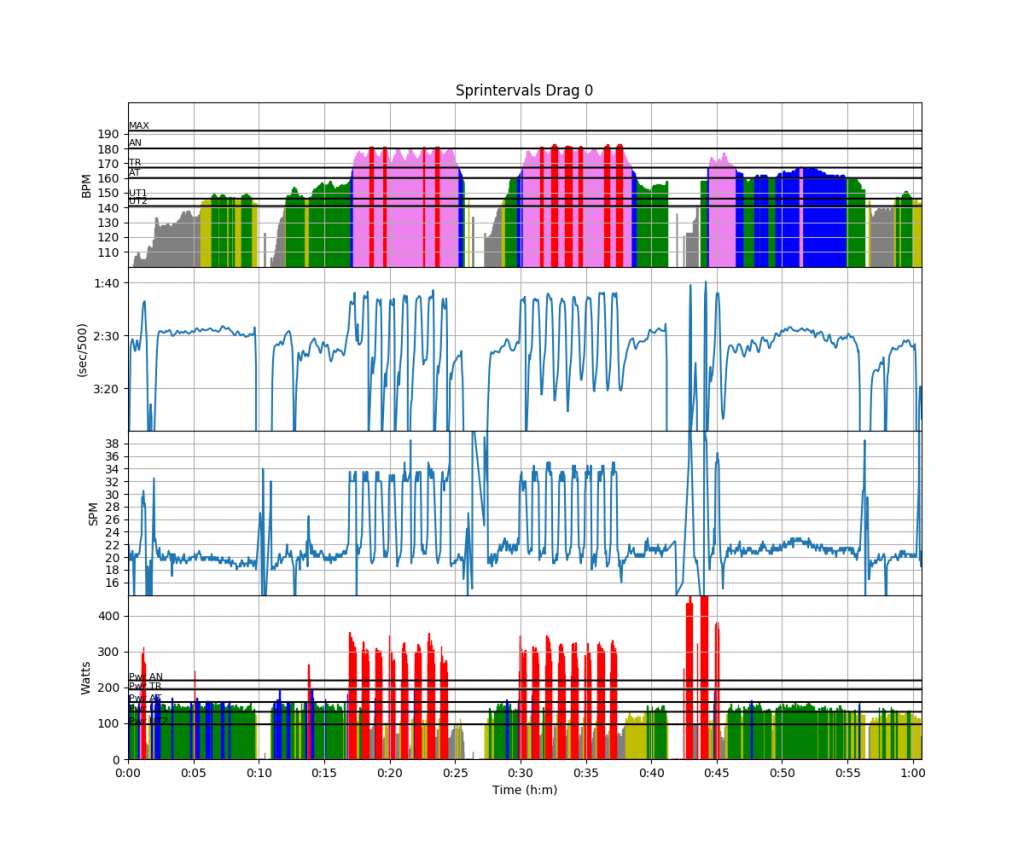
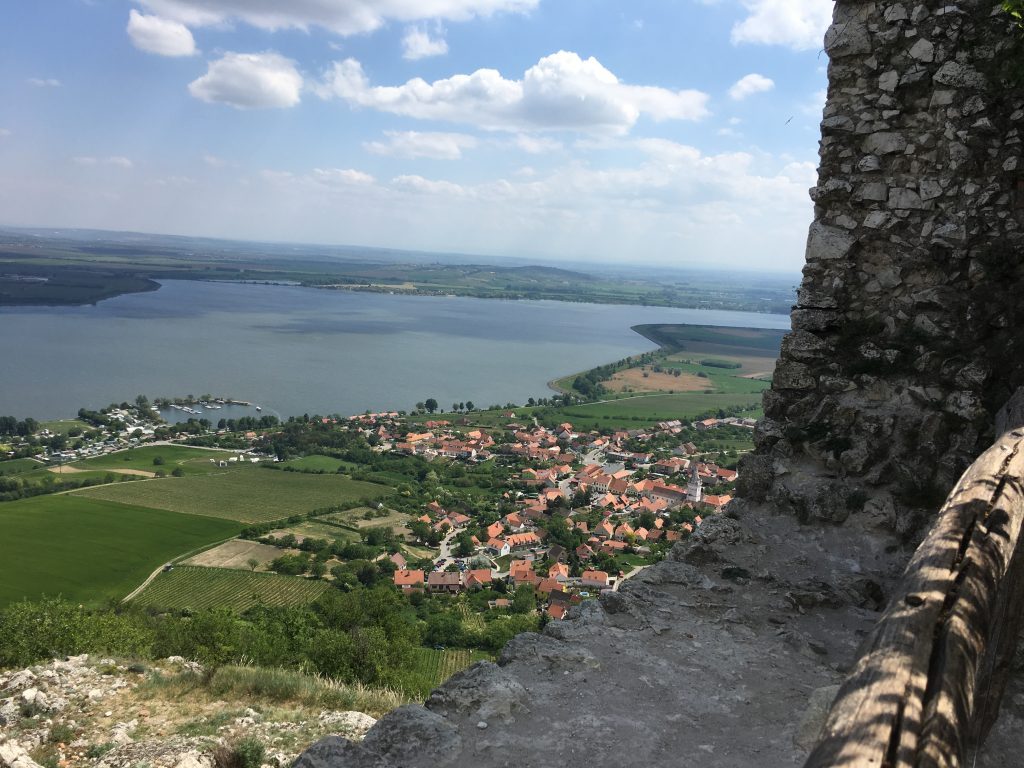




Jun 12 2018
3 – 2 – crash
It was a little more complicated than normal to get to our rowing lake. In the morning, I had brought for the biannual technical inspection and a regular service, and after lunch they called me that there were delays at the technical inspection station, and if it would be a problem to get my car done on Tuesday.
No problem. Took train home, then scooter to the lake, which gave me an opportunity to change from business casual to shorts and a t-shirt, which was pleasant given that the temperature was around 30C.
The workout was
(2-5)x(3min+2min+1min)/3min @ 26/30/34spm
That is pretty tough. I was hoping to do 3 or 4 sets. I also wanted to focus on a light catch, avoiding boat stopping during the recovery, etc. Unfortunately, I had forgotten my Android phone so I couldn’t use the Quiske pod and their RowP app.
More technical problems:
I paddled up the lake to Rokle, using the new traffic pattern, crossing the 2k course and continuing all the way to the right bank before continuing towards Rokle (highlighted on the map below):
I couldn’t start the workout at Rokle, because on hot summer days this place is like rowing in an outdoor swimming pool. The risk of bumping into someone who is blissfully unaware of a traffic pattern or any traffic rules on the water, grossly underestimate the speed of a single scull racing shell, or doesn’t realize that with only her head sticking out she is almost invisible for a rower, that risk is just too high.
I was running the workout in “Just Row” mode with the timer showing on the screen. That is the only way with the NK SpeedCoach to get the freedom to chose the number of intervals according to how the workout goes.
The workout didn’t go well. I did complete the first 3/2/1 minute series, but I didn’t reach 34spm and it completely wore me out. I had to stop, drink, dip my cap in the water to have some cooling and wipe the sweat off my arms and face. Then I paddled to the finish of our 2k course and I decided go for quality and take a longer rest.
I rowed the second interval in headwind, and focused more on the lighter catch. I thought I was doing well, but when it was time to raise from 30spm to 34spm, I just stopped rowing. These series have a crazy effect. You start off with 26spm and you really have to work hard to keep the rate down to 26 as it keeps creeping up to 28spm. You focus on boat run and everything is fine. Then you are finally allowed to raise to 30spm, which at first seems easy, but one minute into it you have to start counting strokes to manage. Then you are expected to raise to 34spm and do a one minute long 250m sprint. Good race simulation, but at yesterday’s temperatures, and this being the first time I do sprint race specific trainings, it was just too hard to manage.
I paddled to the start of the 2k course and got ready to do the third interval. Lightening up the stroke a bit more, I managed to get to within 30 seconds of the end of the interval, but I handed down again.
I did paddle out the full 2k course, to set a time for the Brno Summer 2k Virtual Race of 8:44.0 (2:17.9 pace). Not a great pace, but a starting point. I have until the end of July to improve on it.
Then I paddled back to the dock. Lifting the single out of the water and carrying it up the hill I thought I was going to faint. I was really tired. I guess it’s a combination of an exhausting weekend, hot weather, and a stressful work day. Also, the workout was a tough one. I am going to redo it soon.
Comparing the two tailwind intervals #1 and #3, using Split Workout functionality in the following series of Comparison Charts:
It is a little hard to compare because I had some longer Empower connection failures during the first interval, but I think the two intervals were essentially the same, and just a little higher in power and average & peak drive force, but that also translated in slightly faster pace. The water did get calmer and I think there was a slight tailwind in the first interval vs no wind in the second one, but I guess the speed difference could be entirely explained by me just pushing a bit harder (too hard to sustain, as it turned out) in the first interval.
By sanderroosendaal • Uncategorized • 0 • Tags: 1x, intervals, lake, OTW, rowing, single, threshold, training